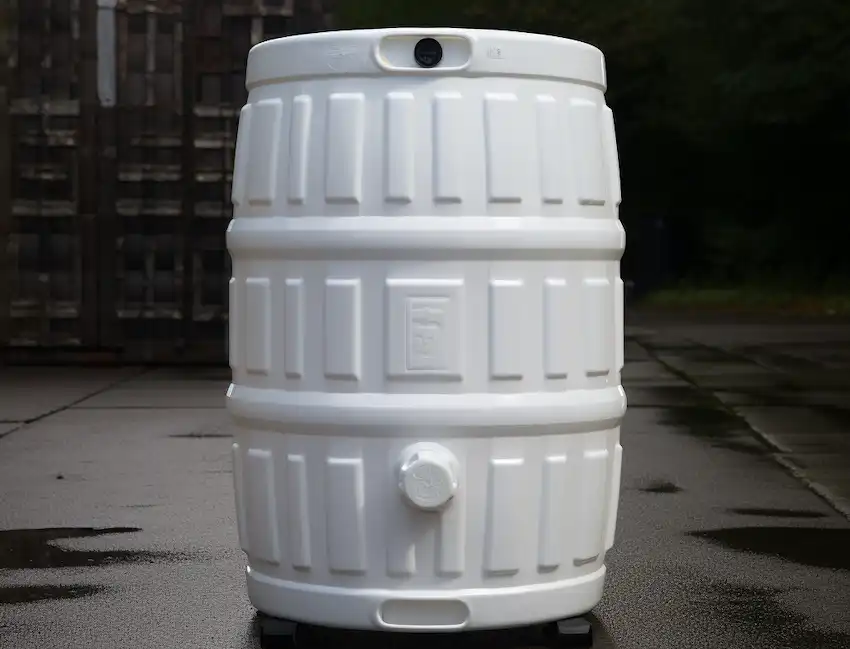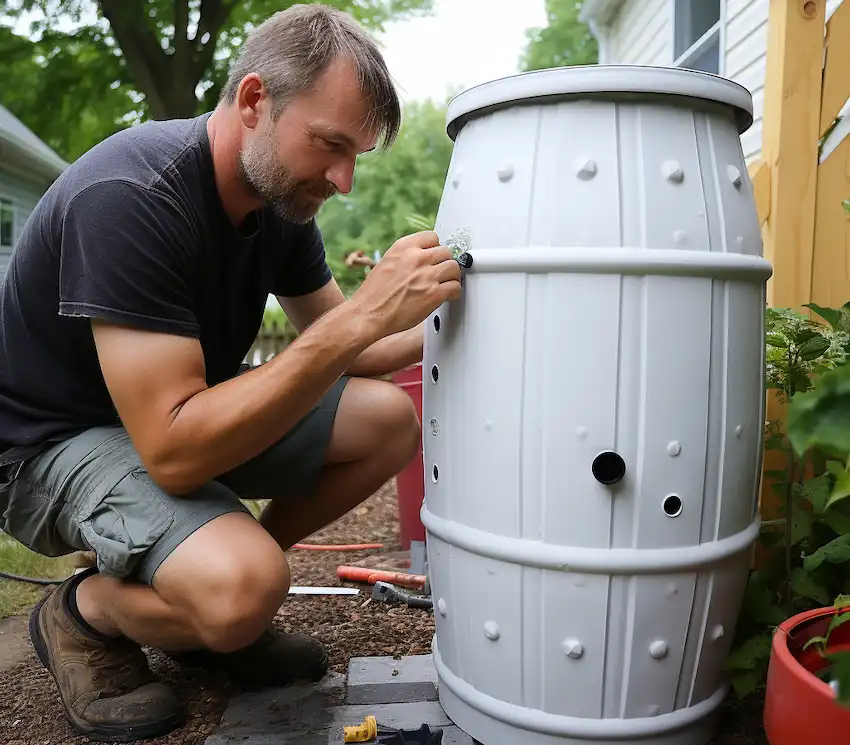How To Build A Rain Barrel: A Step-by-Step Guide
Building a rain barrel is a simple, cost-effective method for conserving water and reducing your utility bills. By collecting and storing rainwater, you can maintain your garden sustainably. This article will guide you through the steps to create your own rain barrel.
Materials Needed:
- A Large Barrel or Drum: A 55-gallon plastic drum is ideal.
- Spigot: To access water easily.
- Overflow Valve: To handle excess water.
- Mesh Screen: To keep debris and insects out.
- Downspout Diverter or Flexible Downspout: To direct water from your gutter into the barrel.
- Hose Clamp: To secure the overflow valve and downspout.
- Silicone Sealant: To waterproof the spigot and overflow connections.
- Drill and Bits: For creating holes in the barrel.
- Teflon Tape: To ensure a watertight seal on threads.
- Cinder Blocks or a Sturdy Stand: To elevate the barrel.

Instructions:
1. Prepare the Barrel:
Choose a high-quality barrel that hasn’t housed harmful chemicals. Clean it thoroughly.
2. Create the Spigot Hole:
- Positioning: About 2-3 inches from the bottom of the barrel, drill a hole for the spigot. This placement ensures you can access most of the water but leaves room for sediment to settle.
- Sealing: Apply silicone sealant around the hole. Screw the spigot into place, using Teflon tape on the threads to ensure a leak-proof fit.
3. Install the Overflow Valve:
- Drill an Overflow Hole: Choose a spot near the top of the barrel to install the overflow valve. Drill a hole that matches the size of your overflow fitting.
- Attach the Valve: Apply silicone sealant around the hole. Insert and secure the overflow valve, using a hose clamp to tighten its connection.
4. Attach the Mesh Screen:
- Cut the Screen: Measure and cut a piece of the mesh screen to cover the top opening of the barrel.
- Secure the Screen: Fit the screen over the opening, ensuring it’s tight and secure. This mesh keeps out debris and insects.
5. Set Up the Downspout:
- Position the Barrel: Place your barrel on a solid, elevated base near a downspout. Elevation increases water pressure and makes accessing the spigot easier.
- Modify the Downspout: Cut your downspout at a height that allows it to feed directly into the top of your barrel. Attach the downspout diverter or a flexible downspout to direct rainwater into the barrel.

6. Secure and Maintain Your Rain Barrel:
- Check for Leaks: Inspect your barrel during a rainfall to ensure there are no leaks.
- Regular Maintenance: Empty and clean the barrel periodically to prevent algae growth and sediment accumulation. Ensure the mesh screen remains intact to keep out debris and insects.
Building a rain barrel is a straightforward project that yields significant benefits for both the environment and your garden. By following these steps, you can create a reliable rainwater harvesting system that conserves water, saves money, and promotes sustainable living. Happy building!
 Română
Română


















